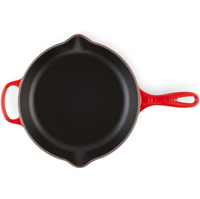3 foods you should never cook in aluminum foil — experts reveal why
Stop cooking these foods in aluminum foil!
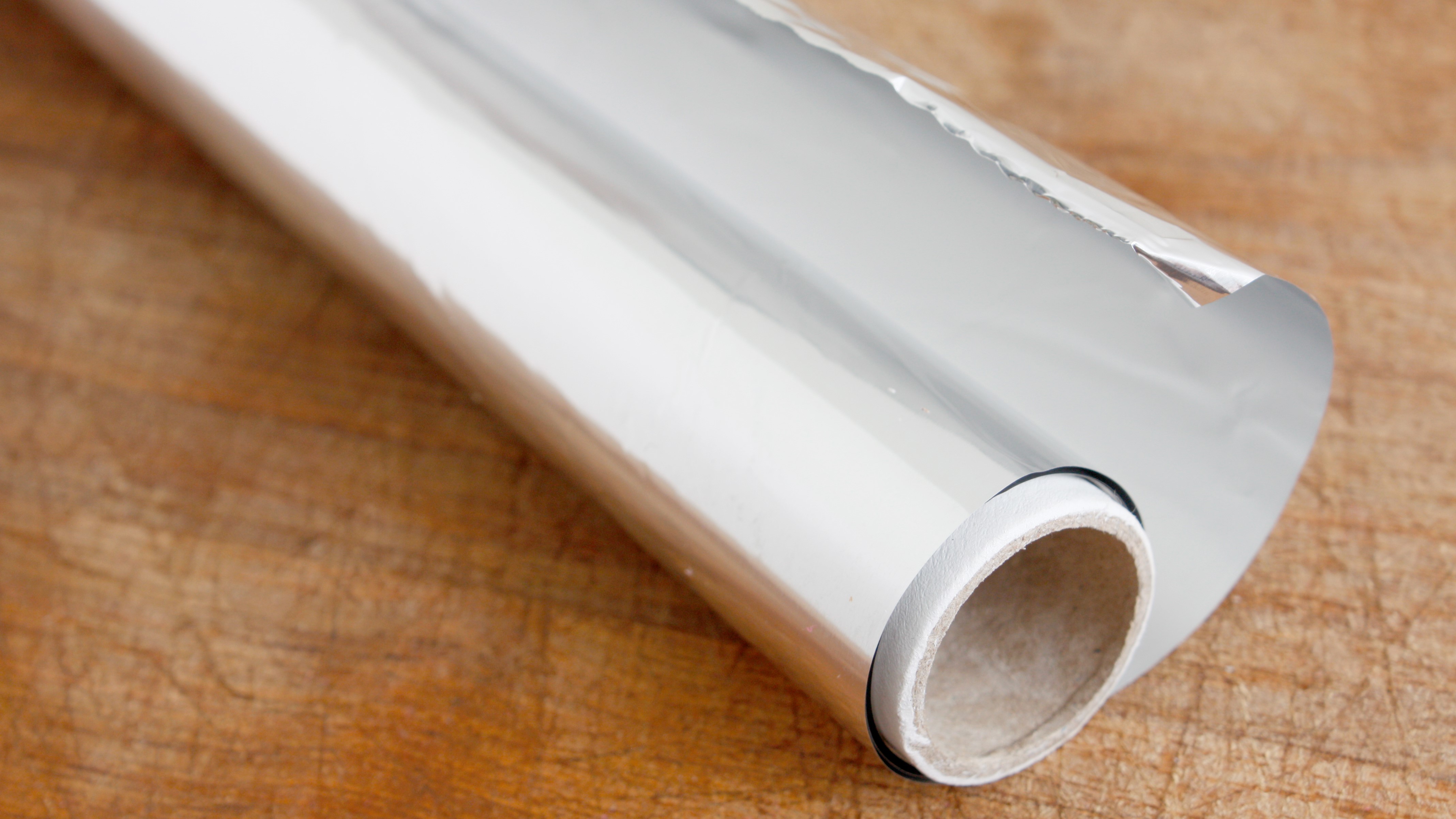
Aluminum foil is a popular staple found in many kitchens (mine included!). From cooking and covering dishes to wrapping up lunch and leftovers, this flexible metallic sheet comes in handy for different cooking methods.
Additionally, not only does this metal sheet distribute heat evenly, ensuring foods don’t dry out, but saves us the messy clean up afterwards. And while there are many surprising uses for aluminum foil, you’ll be surprised to know this material is not always the safest option for cooking. In fact, experts say there are certain foods that we should never cook in aluminum foil — even though we probably do.
To find out what these are, we’ve asked the food safety experts to reveal what foods you should never cook in aluminum foil and why.
Why is aluminum foil a concern for certain foods?

There’s been much debate about health concerns when cooking with aluminum foil. So is aluminum foil generally safe to use?
“The biggest concern of using aluminum foil when cooking is the potential of aluminum leaching into the food at levels that may exceed those established by health authorities as safe,” explains Kelly Magurany, Director of Toxicology and food safety expert at NSF.
“A recent review of the data for aluminum by Health Canada in 2021 demonstrated that deficits in neuromuscular function, renal pathology and biochemical changes were observed at a dose of 100 mg Al/kg-day.
"In their assessment, which is consistent with other health authority assessments including the World Health Organization and the European Foods Safety Authority, a safe (or tolerable) level of exposure of 0.3 mg/kg-day was identified. This level of exposure would not lead to the health effects observed at higher levels of exposure.
Sign up to get the BEST of Tom's Guide direct to your inbox.
Get instant access to breaking news, the hottest reviews, great deals and helpful tips.
"While infrequent use of aluminum foil when cooking is unlikely to lead to a significantly higher intake of aluminum above the tolerable level, frequent use of aluminum for highly acidic, alkaline or salty foods may exceed these levels and is not recommended.”
Another thing to note is that not all aluminum foils are created equal!
“Not all aluminum products meet safety standards, and definitely make sure to look for food safety notices,” adds Celeste Costa, Marketing Director at Wyda. “Some foil products sourced from certain parts of the world have more harmful elements”.
Our tests confirmed it: there's a reason Le Creuset cast iron is so iconic. This skillet offered unparalleled evenness and heat retention, cooking everything from steak to scrambled eggs without any trouble.
3 foods not to cook in aluminum foil
Here are the foods experts warn to never cook in aluminum foil.
1. Tomatoes, citrus or any acidic foods
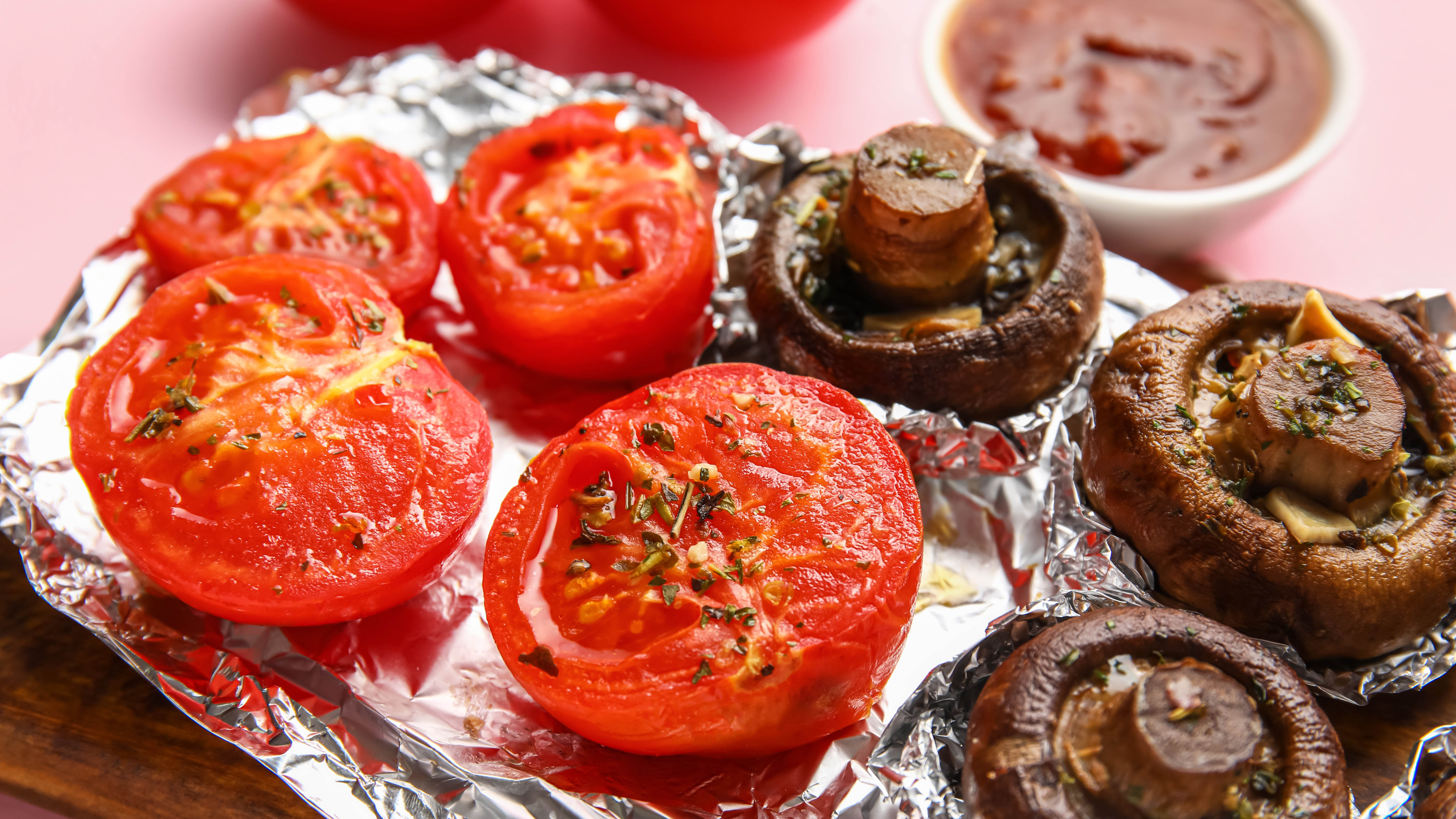
According to experts, one of the biggest food groups to avoid cooking in foil is anything acidic. This also includes dishes like apple purees, rhubarb, tomato purees.
“The acidity causes a chemical reaction that can break down the foil, allowing tiny bits of aluminum to leach into your food,” states Dennis Littley, Chef and Recipe expert at Ask Chef Dennis.
“Think tomatoes, citrus fruits, vinegar-based marinades, or anything with a lot of lemon juice.While this won’t ruin your dish immediately, it can sometimes leave a slightly metallic aftertaste.”
2. Melted cheese
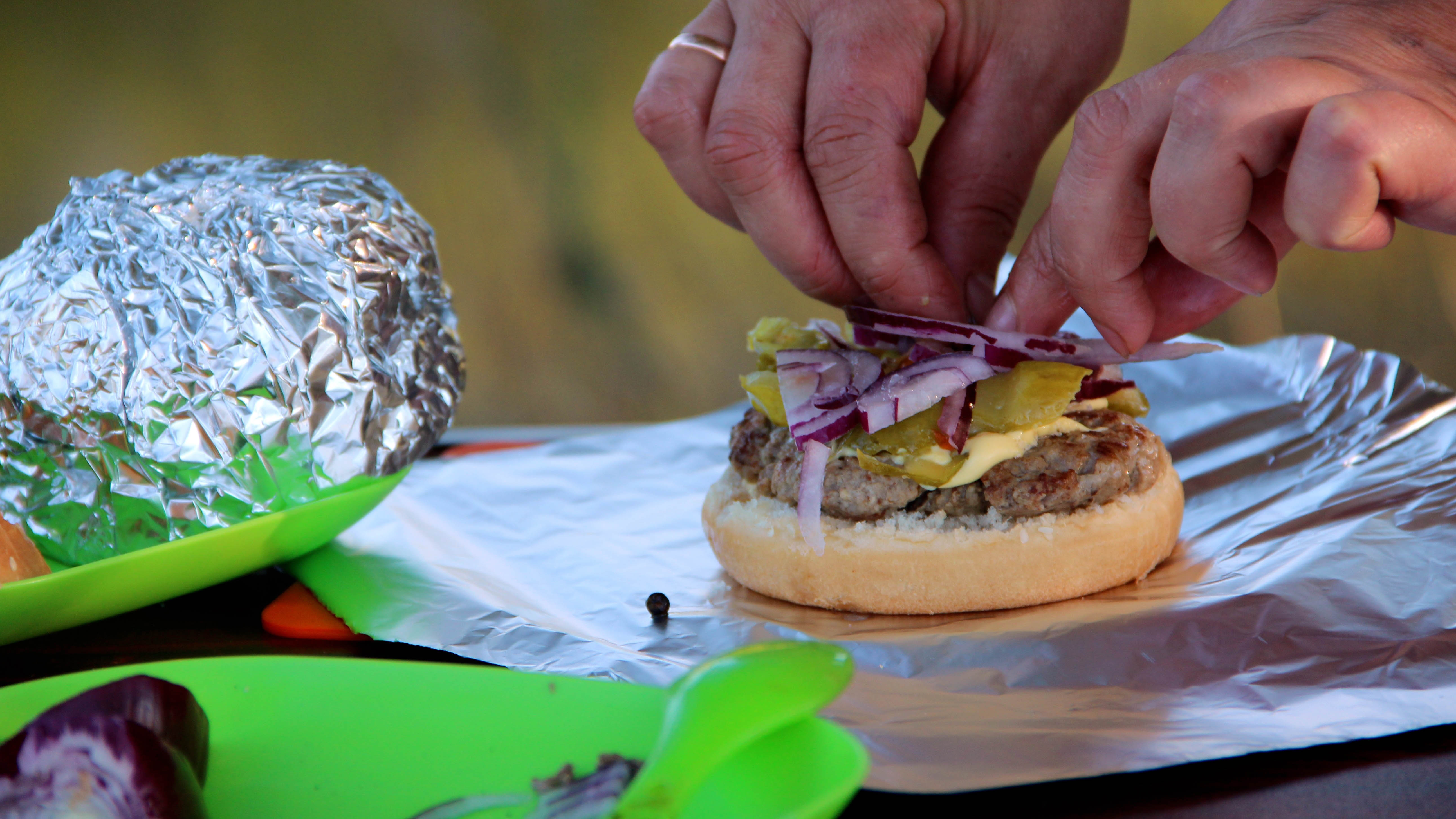
Most of us love the taste of melted cheese to spruce up our burgers and other dishes. However, this ingredient should never be cooked or wrapped in aluminum foil.
“’Melted cheese is another one to be careful with,” advises Littley, “If cheese is wrapped in foil and exposed to high heat, especially in a dish with tomatoes or spices it can develop an odd aftertaste.
"Salt and heavily spiced foods can also react with foil in a similar way. Ever notice how foil sometimes gets dark spots or tiny holes when covering seasoned or salty dishes? That’s the reaction happening right on the surface, and it can affect the flavour of your food.’’
3. Salted meats
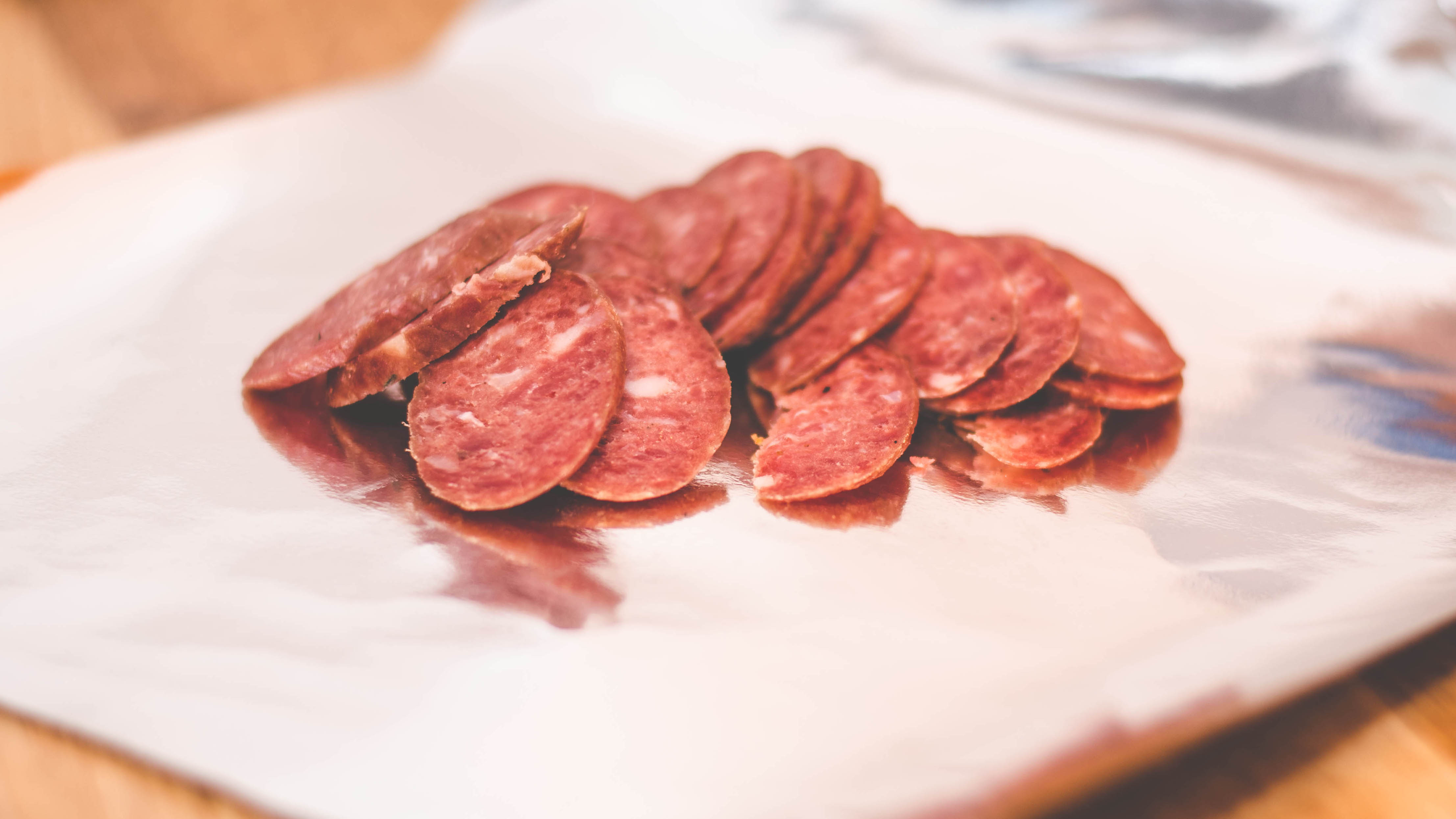
Similarly, any foods or dishes containing high levels of salt are a no-no. Just like acid, salt can cause aluminum to potentially leach into foods. Popular cured cuts of meats, like ham and sausages should never be cooked in foil to prevent the risk of sodium chloride (salt) reacting with aluminum ions.
‘’At the end of the day, foil is convenient, but not always the best choice. If you’re cooking with acidic, salty, or heavily seasoned foods, switching to an alternative is an easy way to keep your meals tasting great while avoiding unnecessary aluminum use.’’ adds Littley.
What are alternatives to aluminum foil?
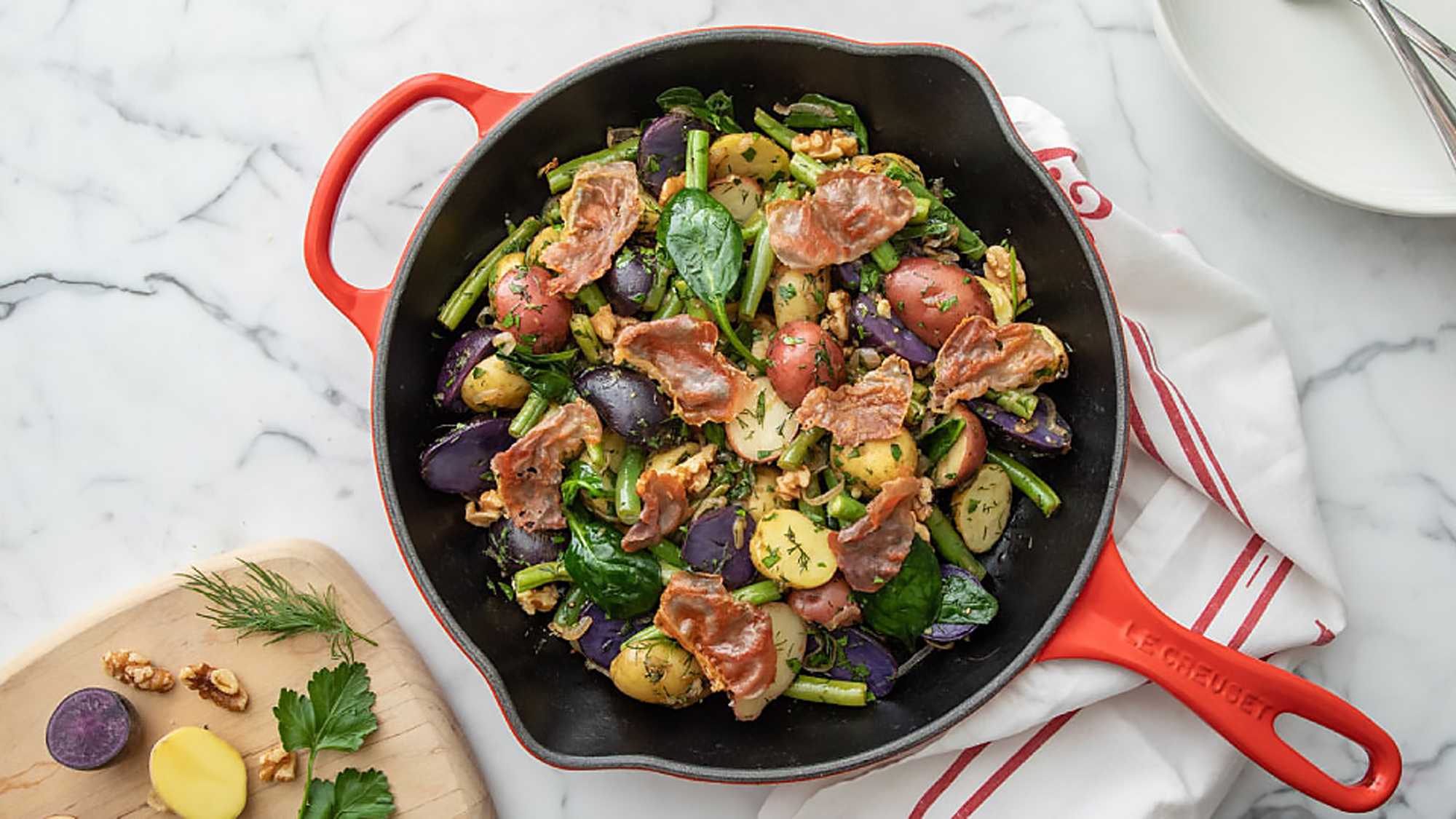
If you do want to cook your favorite dishes however, there are alternative methods that you can use.
“If you need to use foil for highly acidic, alkaline or salty foods, consider putting parchment paper on top of the foil to create a barrier and using shorter cooking times at lower temperatures.” suggests Magurany.
“Alternatives to foil include glass, ceramic, stainless steel or cast-iron cookware, silicone baking mats and parchment paper. As always, make sure you review and follow the manufacturer's instructions on the cookware or cooking product to ensure safe use.”
Another top tip when you’re wrapping leftovers, is to not crumple the aluminum foil tightly around the food.
Another top tip when you’re wrapping leftovers, is to not crumple the aluminum foil tightly around the food.
"If you’re wrapping food for baking or grilling, avoid crumpling the foil too tightly, this traps moisture and speeds up aluminum breakdown,” says Littley. “Switching to an alternative is an easy way to keep your meals tasting great while avoiding unnecessary aluminum use.”
If you’re thinking of investing in a best cast iron skillet, these are 7 things you should check when buying a cast iron skillet. Or if undecided, check out our breakdown on the differences between cast iron vs enameled cast iron skillet.
More from Tom's Guide

As the Homes Content Editor, Cynthia Lawrence covers all things homes, interior decorating, and garden-related. She has a wealth of editorial experience testing the latest, ‘must-have’ home appliances, writing buying guides and the handy ‘how to’ features.
Her work has been published in various titles including, T3, Top Ten Reviews, Ideal Home, Real Homes, Livingetc. and House Beautiful, amongst many.
With a rather unhealthy obsession for all things homes and interiors, she also has an interior design blog for style inspiration and savvy storage solutions (get rid of that clutter!). When she’s not testing cool products, she’ll be searching online for more decor ideas to spruce up her family home or looking for a great bargain!
You must confirm your public display name before commenting
Please logout and then login again, you will then be prompted to enter your display name.
